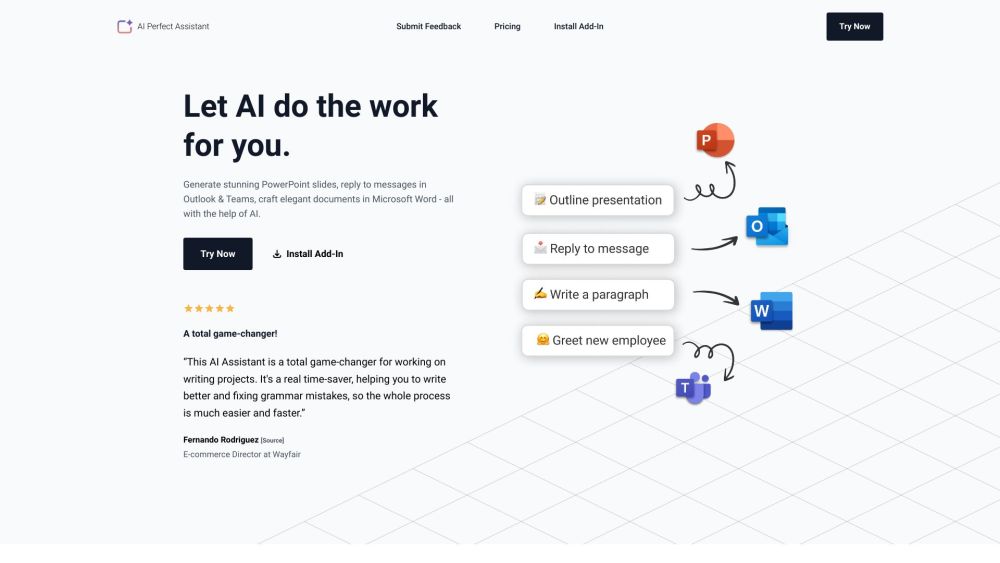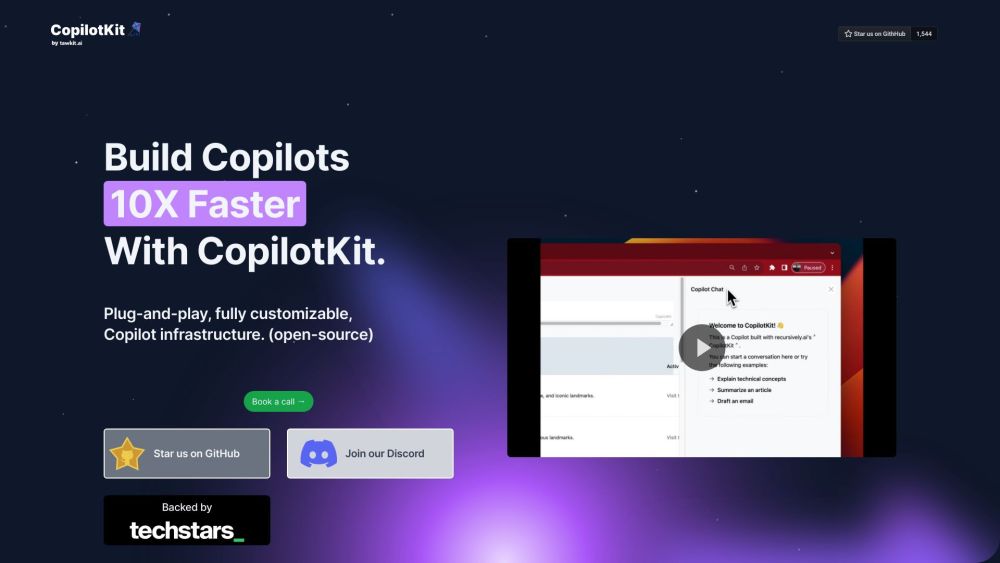When Sam Altman visited India last year, he remarked that a startup with just $10 million couldn't compete with OpenAI in training foundation models. This comment sparked significant discussion, particularly when CP Gurnani, the former CEO of Tech Mahindra, responded that the challenge of developing generative AI in India was accepted.
Fast forward to early 2024, India—a country renowned for its tech talent—has made notable strides in generative AI. Interestingly, the first Indian startup to take on OpenAI's GPT models is not Tech Mahindra but Ola's Bhavish Aggarwal, who previously founded the ride-hailing company to rival Uber.
Ola Krutrim, meaning "artificial," launched its initial language model, Krutrim base, and a corresponding chatbot last month, with plans for mainstream adoption soon. Other players, including Tech Mahindra and Reliance Industries, are also entering the race.
Localized Experiences in Generative AI
While models like OpenAI's GPT and Meta's Llama excel at generating text and code, they often struggle with non-English languages, especially those that are less digitally represented. To combat this, technology companies in countries such as South Korea, Finland, and China have started developing proprietary models that enhance the representation of local languages and cultural contexts in their training data.
India faces a more complex challenge, being home to 1.4 billion people and 22 official languages alongside thousands of dialects. Creating a model that encompasses this linguistic diversity is both daunting and capital-intensive.
Aggarwal founded Krutrim in April 2023, raising $24 million in debt from Matrix Partners. The startup's model is trained on two trillion tokens, boasting the largest representation of Indic languages—20 times more than any existing model. “Krutrim has Indian ethos, natively. It generates text and code with an innate sense of Indian cultural sensibilities and relevance,” Aggarwal stated.
Currently, Ola's model understands 20 Indian languages and generates text in 10, including Hindi and English. According to the company, its performance in Indic languages surpasses GPT-4, although it lags behind in English performance—a gap that is expected to close soon.
The startup is progressing in phases, with plans to support all officially recognized Indic languages and develop a Pro version of the model for complex problem-solving, encompassing text, vision, and speech. Furthermore, Aggarwal's team is developing a ChatGPT-like chatbot tailored for Indian users, which is not yet publicly available, and is conducting R&D to build an AI supercomputer.
Competing Giants
As Krutrim's models prepare for real-world applications, it stands as one of the first Indian startups to address the generative AI landscape comprehensively. Other notable contenders include Tech Mahindra and Reliance Industries.
Under Gurnani's leadership, Tech Mahindra has initiated The Indus Project, an open-source large language model (LLM) launched for internal testing. Set to debut in February 2024, it focuses on Hindi with 539 million parameters and 10 billion Hindi and dialect tokens, although it will not support all languages initially. “In the first phase, we will be creating the LLM for Hindi and 37+ dialects, and then extend to other languages,” the company explained.
Meanwhile, Reliance Industries, which spearheaded the 4G revolution in India with Jio, has announced plans to develop language models tailored for the Indian market. The company has partnered with Nvidia to access the GH200 superchip to build AI infrastructure exceeding the capabilities of India's fastest supercomputer, collaborating with the Indian Institute of Technology-Bombay on the project named Bharat GPT. Although details are sparse, it appears Reliance aims to integrate this GPT offering across its consumer-facing services, including Jio.
Alongside Reliance and Tech Mahindra, Bengaluru-based Sarvam AI has attracted attention with a recently funded $41 million initiative. Sarvam has developed a 7 billion parameter Indic language model based on Llama2 and plans to launch an enterprise-focused platform for building generative AI applications.
Google-backed Corover has also made strides, claiming to have built an Indic language model that supports 22 languages for conversational enterprise chatbots.
Enhancing Generative AI Experiences
As the generative AI landscape evolves with new players and technological advancements, the emergence of sophisticated closed and open-source Indic language models is expected. This evolution will improve internal workflows and foster innovative applications across various sectors.
For example, Tech Mahindra envisions the Indus Project’s LLM as a digital assistant for over 140 million farmers, providing vital information about loans, pesticides, and agriculture in their preferred languages. It could also enhance healthcare and finance services by interpreting local dialects swiftly. The potential applications are vast.
It will be intriguing to see how these models perform against global counterparts, including industry leaders like OpenAI, which is nearing the launch of GPT-4.5, and Google's recently unveiled Gemini series.





